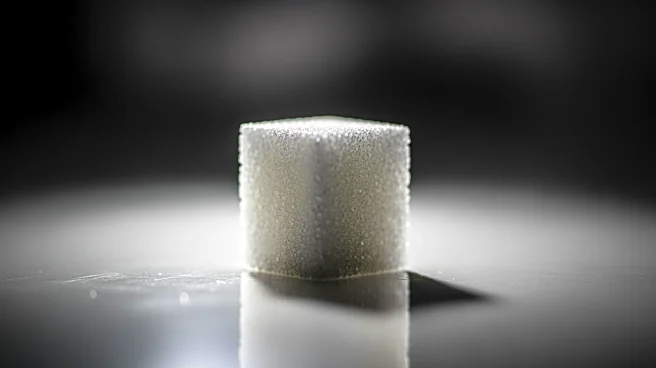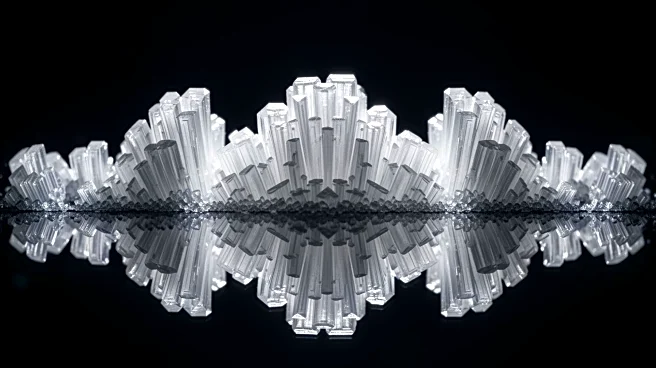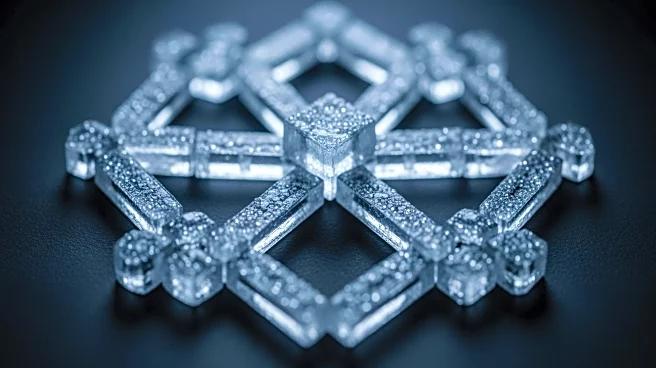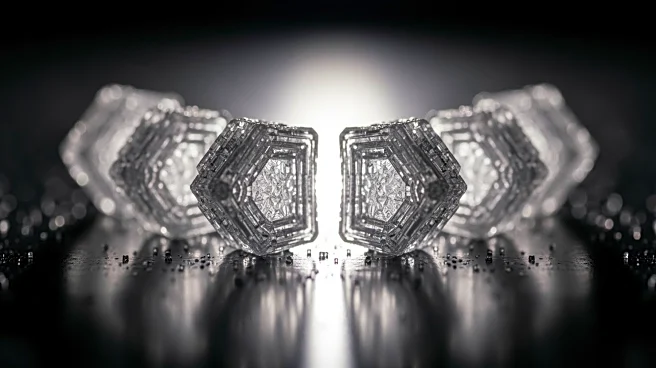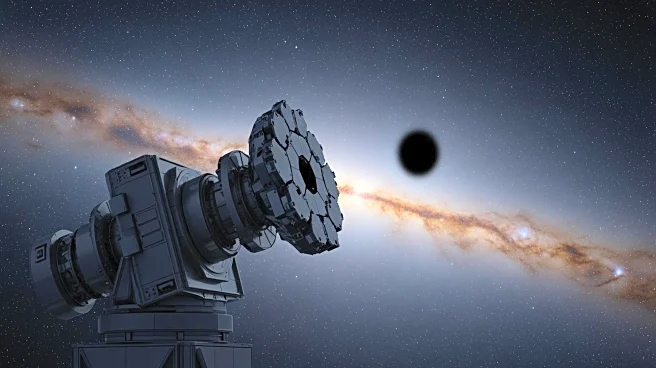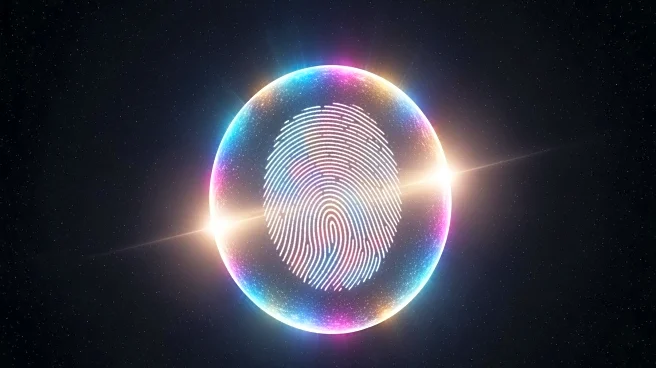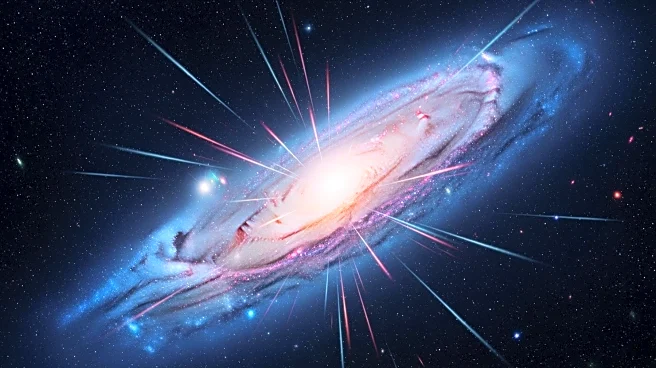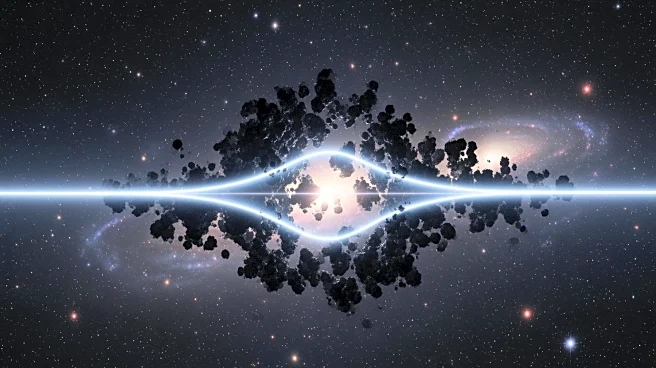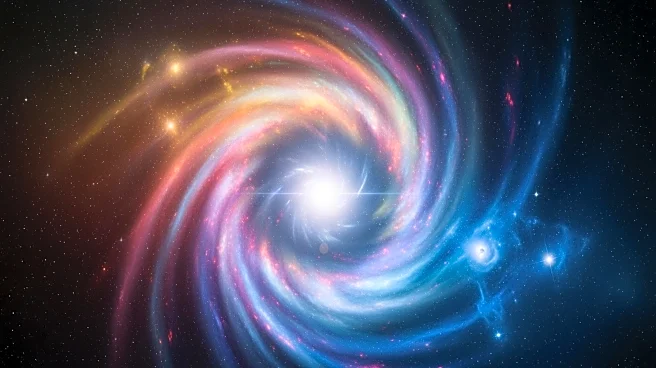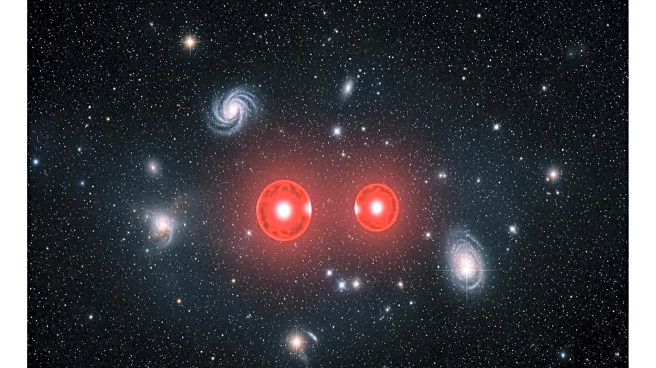What's Happening?
Scientists are exploring the use of ordinary table sugar as a novel method to detect dark matter. Researchers at the Max Planck Institute for Physics have developed a detector using sugar crystals cooled
to near absolute zero to search for weakly interacting massive particles (WIMPs), a leading dark matter candidate. The experiment aims to detect interactions between dark matter particles and the hydrogen atoms in sucrose, which are present at a higher density than in pure hydrogen.
Why It's Important?
This innovative approach could provide new insights into the elusive nature of dark matter, which is believed to make up a significant portion of the universe's mass. Traditional methods have yet to yield conclusive results, and the use of sugar crystals represents a creative attempt to overcome previous limitations. Success in this area could revolutionize our understanding of dark matter and its role in the cosmos.
What's Next?
The research team plans to refine their experimental setup and conduct further tests to improve detection sensitivity. They aim to rule out other potential sources of interference, such as radioactive carbon-14, to ensure accurate results. Continued experimentation and collaboration with other research institutions could lead to breakthroughs in dark matter detection.
Beyond the Headlines
The use of sugar in dark matter research exemplifies the innovative thinking required to tackle complex scientific challenges. It highlights the potential for everyday materials to contribute to significant scientific discoveries. This approach also underscores the importance of interdisciplinary collaboration, as physicists and chemists work together to explore new frontiers in particle physics.
